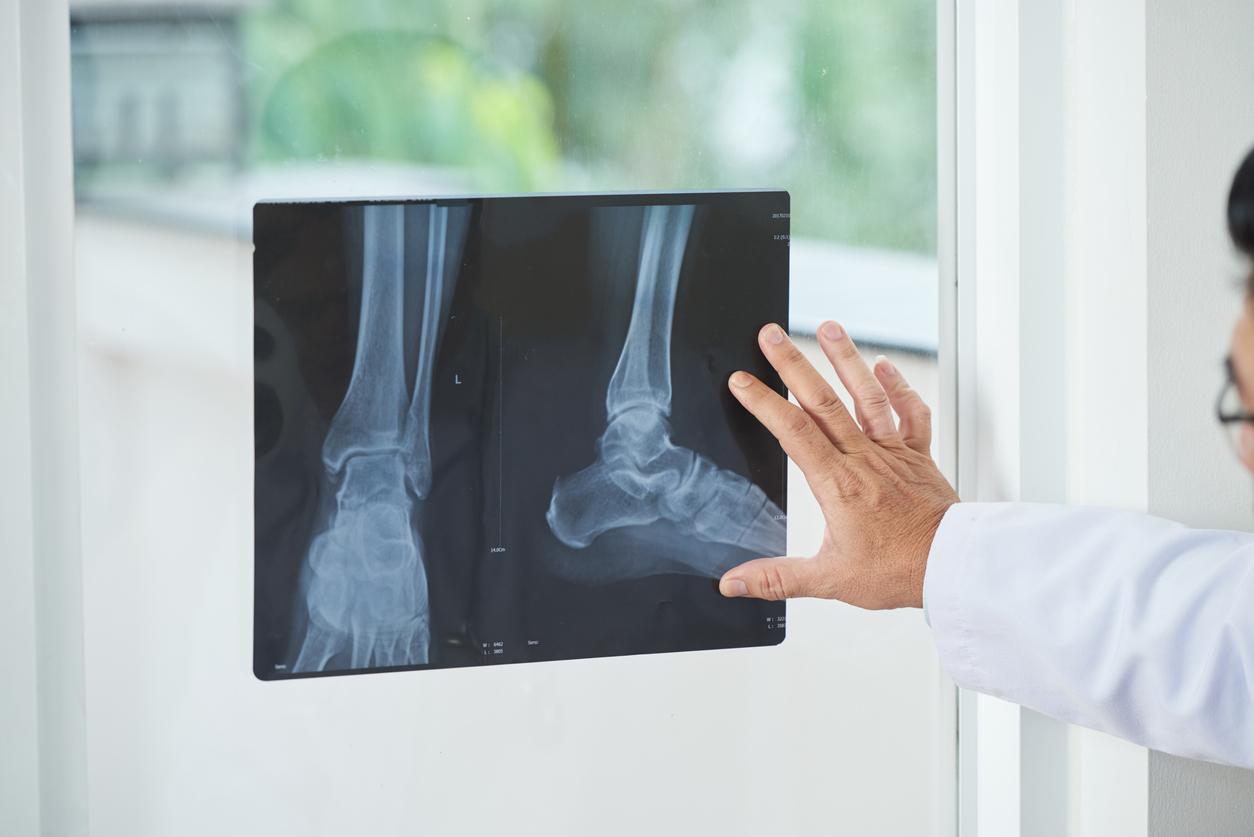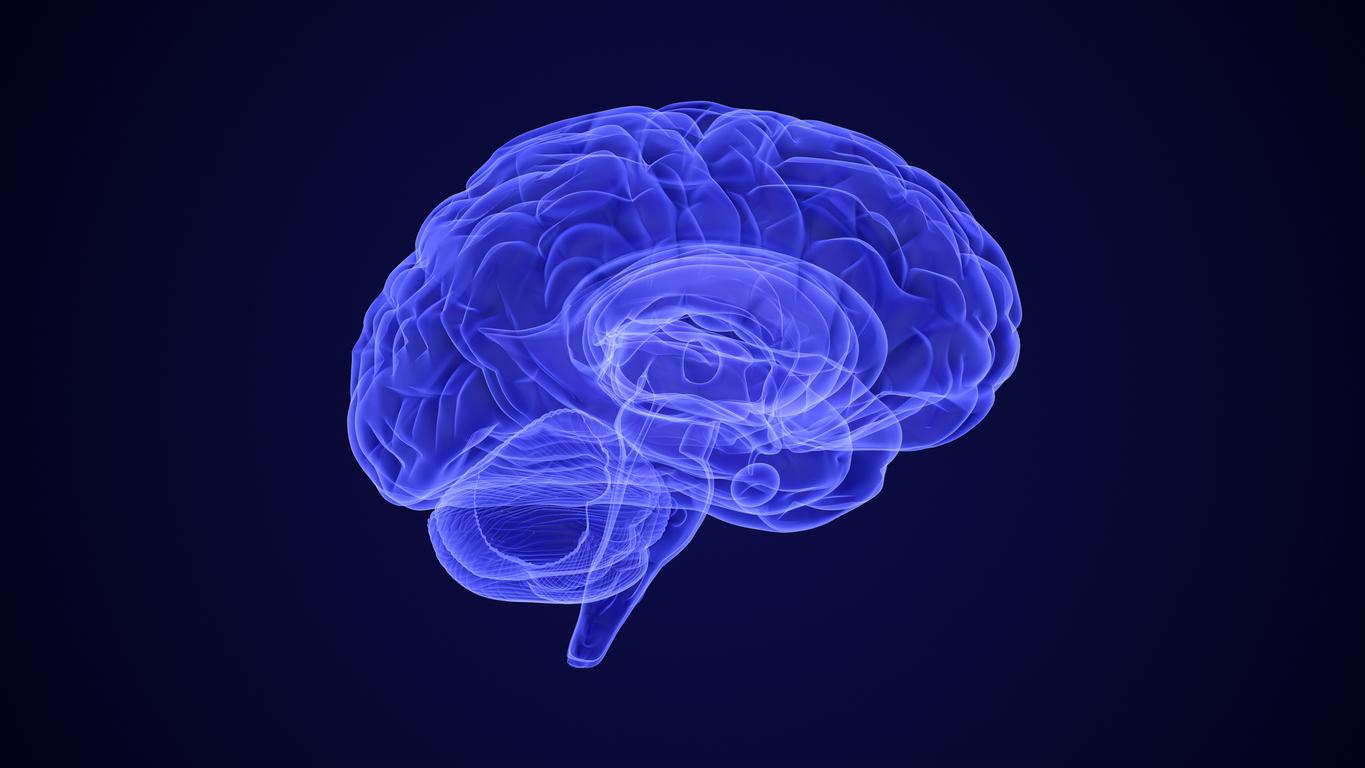One in 250 adults would suffer from Parkinson disease, or about 200,000 people in France. The problem with this disease is, on the one hand, that it is detected late (when the symptoms appear), and on the other hand, that it is very poorly controlled. So scientists are looking for ways to diagnose it earlier… Recently, a study published in NatureCommunications reports MIT research around a machine that would study breathing.
How it works ? This innovative machine aims to reproduce the functioning of a human brain, and toanalyze patients’ breathing patterns while they sleep. A total of 7,000 patients, 757 of whom had proven Parkinson’s, experienced it. And for good reason: it is estimated that this pathology has an impact on the way of breathing very upstream of the visible physical signs such as tremors, rigidity, heavy fatigue…
A non-invasive test, which detects earlier than usual
The researchers note that the interest of this test is to be much less invasive than the current examinations to detect Parkinson’s, namely an MRI or an analysis of the fluid in the brain. The examination could be carried out at home, during the night, without being too intrusive for the person, especially since the device looks like a Wifi router, explains a press release published on the EurekAlert website. No physical contact is required to record and analyze the breath.
The earlier we detect, the more we can hope to act on the development of the disease, say the researchers. Also, being able to diagnose it via the breath helps to understand Parkinson’s better, and perhaps to develop other treatments over time. This machine would also have the advantage of being able to establish the stage of the pathology.
Sources:
- Nature Communication, Artificial intelligence model can detect Parkinson’s from breathing patterns (August 22)
- EurekAlert


















